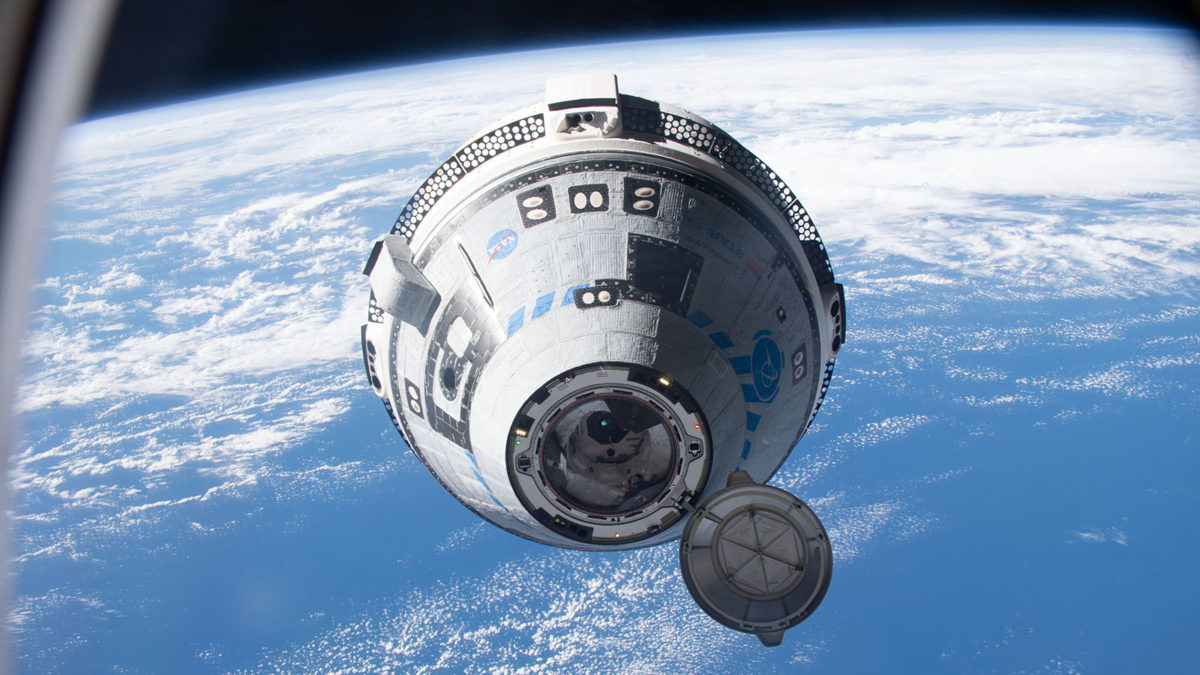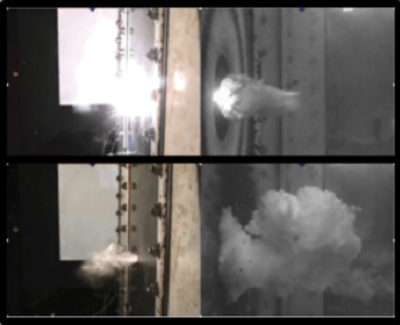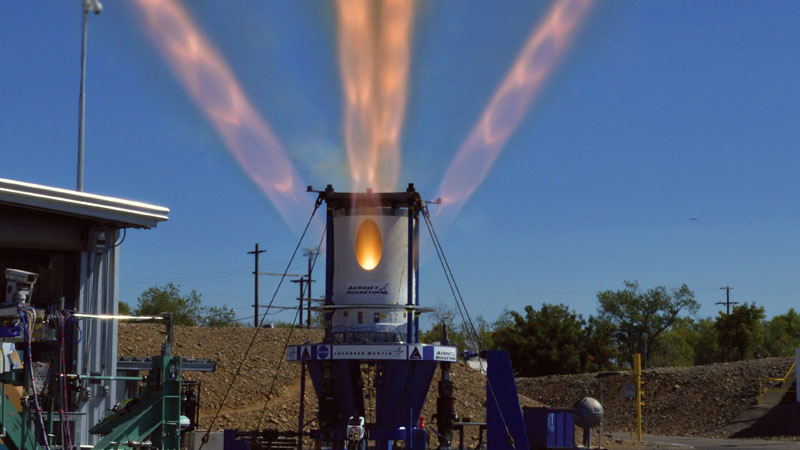Another record-setting year for spaceflight
By Dale Arney|December 2022
The Space Transportation Technical Committee works to foster continuous improvements to civil, commercial and military launch vehicles.
After surpassing 1984’s record of 129 successful launches worldwide with 135 on 146 attempts in 2021, this year topped it. Through the first half of the year, a launch occurred once every two and a half days on average, and this year saw the debut of at least six new orbital launchers: China’s Long March 6A and Lijian-1, Europe’s Vega C, NASA’s Space Launch System, Russia’s Angara 1.2 and South Korea’s Nuri.
SpaceX matched its 2021 launch total with its 31st Falcon 9 launch in July, averaging more than one launch per week. SpaceX reused the Falcon 9 booster 1058 a record 14 times as of September. Since its debut in 2020, that booster alone has delivered over 700 satellites to orbit, launched a Cargo Dragon and a Crew Dragon to the International Space Station, and launched every two months on average. At its Starbase facility in Texas, SpaceX completed hot fire tests of Raptor 2 engines on both the first and second stages of the Starship launch vehicle in August to prepare for an orbital test flight, which could occur as early as December.
After launching four Atlas V rockets in 2021, United Launch Alliance had launched seven Atlas V vehicles and one Delta IV Heavy as of November, including its 75th Atlas V launch from Cape Canaveral in Florida in January. In April, Amazon announced that it would purchase a combined 83 launches from Arianespace, Blue Origin and ULA for its Project Kuiper constellation. Days later, Aerojet Rocketdyne announced that ULA had purchased 116 RL10 engines for its upcoming Vulcan Centaur heavy-lift rocket, the largest order in the company’s history.
Following a rollout from the Vehicle Assembly Building in March, NASA completed the wet dress rehearsal of the first SLS rocket at Kennedy Space Center in Florida in June. After scrubbed launch attempts in August in September, that SLS in November launched an unoccupied Orion capsule and service module for a planned loop around the moon in the Artemis I mission. Orion was scheduled to splash down in the Pacific Ocean this month. In July, NASA looked beyond Artemis I by testing an upgraded solid rocket booster for future SLS variants and issuing a pre-solicitation notice for future SLS launch services. NASA plans to award an $82 billion contract to a joint venture of Boeing and Northrop Grumman, which would produce SLS rockets and provide launch services for five Artemis flights starting with Artemis IV.
Under NASA’s Commercial Crew and Cargo Program, Boeing launched an uncrewed test flight of its Starliner spacecraft to ISS in May ahead of a planned crewed test flight to ISS in April 2023. SpaceX in April launched its first private flight to ISS, Axiom-1, and launched four NASA and European Space Agency astronauts to ISS 19 days later. In March, NASA ordered an additional 12 cargo launches to ISS through 2026, six each from Northrop Grumman and SpaceX.
In January, Arianespace delivered the core and upper stages of the first Ariane 6 rocket to Korou, French Guiana, for testing, and launched the first Vega C from Korou in July. Russia debuted the Angara 1.2 launcher in April. Iran delivered its second satellite to orbit, the Noor-2, on the Qased launcher in March. China debuted the Long March 6A rocket in March and continued assembling its Tinagong space station with the Long March 5B delivery of the Wentian module in July. South Korea conducted the first successful flight of its first domestic launcher, Nuri, in June, after the rocket failed to deliver its dummy payload into orbit during an October 2021 attempt.
In September, Rocket Lab’s 30th Electron launch delivered the company’s 150th payload to space. Blue Origin’s New Shepard conducted its sixth passenger flight in August. In July, Virgin Orbit conducted the fourth consecutive successful LauncherOne flight since its debut in 2020. In August, California-based Relativity Space completed a test fire of its 3D-printed Terran 1 launcher at Cape Canaveral in Florida. Firefly Aerospace returned to flight from Vandenberg Space Force Base in California with its second Alpha launch in October. California-based Astra’s Rocket 3.3 vehicle returned to flight from Kodiak Island in Alaska in March.



































